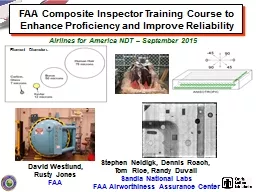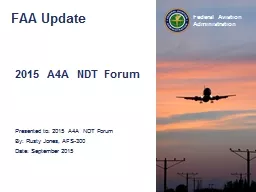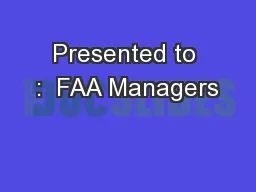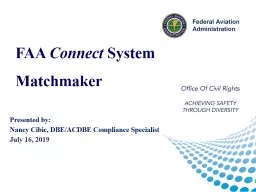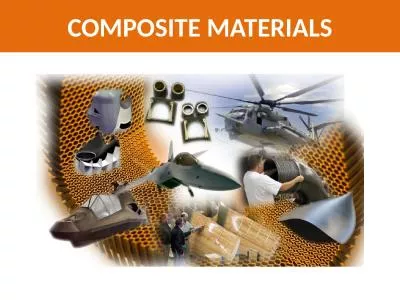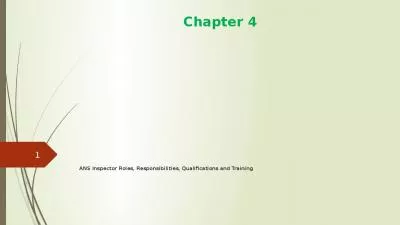PPT-FAA Composite Inspector Training Course to Enhance Proficie
Author : tawny-fly | Published Date : 2016-05-20
David Westlund Rusty Jones FAA Stephen Neidigk Dennis Roach Tom Rice Randy Duvall Sandia National Labs FAA Airworthiness Assurance Center Filament Diameters
Presentation Embed Code
Download Presentation
Download Presentation The PPT/PDF document "FAA Composite Inspector Training Course ..." is the property of its rightful owner. Permission is granted to download and print the materials on this website for personal, non-commercial use only, and to display it on your personal computer provided you do not modify the materials and that you retain all copyright notices contained in the materials. By downloading content from our website, you accept the terms of this agreement.
FAA Composite Inspector Training Course to Enhance Proficie: Transcript
Download Rules Of Document
"FAA Composite Inspector Training Course to Enhance Proficie"The content belongs to its owner. You may download and print it for personal use, without modification, and keep all copyright notices. By downloading, you agree to these terms.
Related Documents

